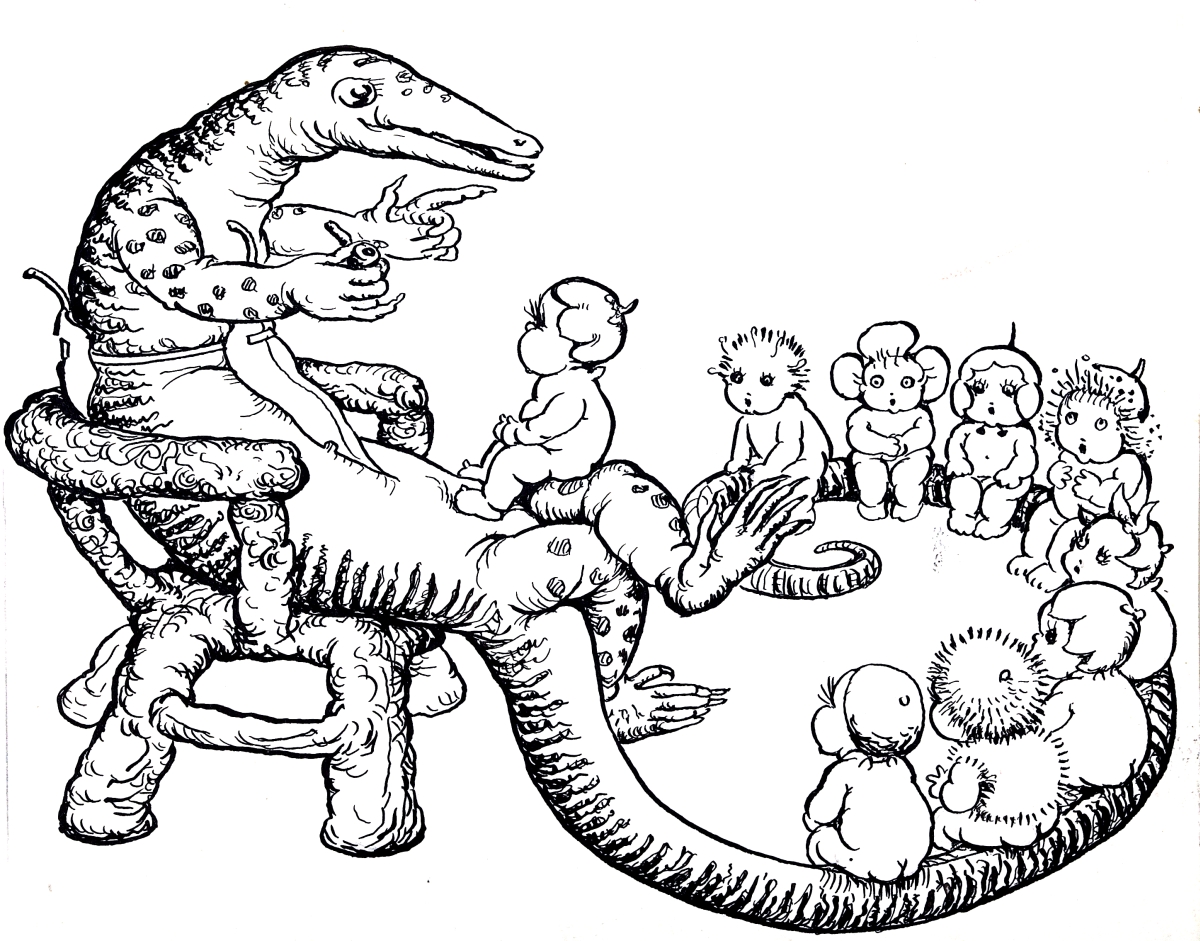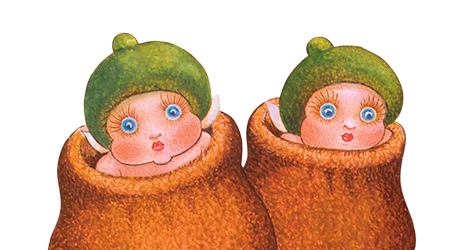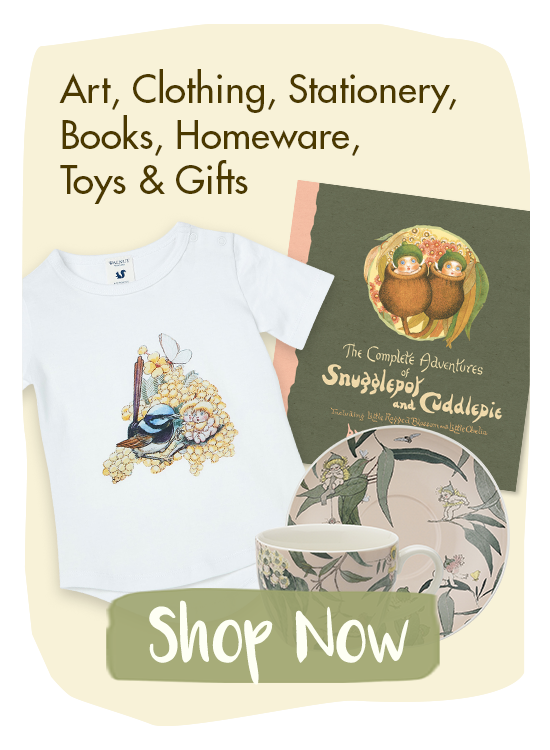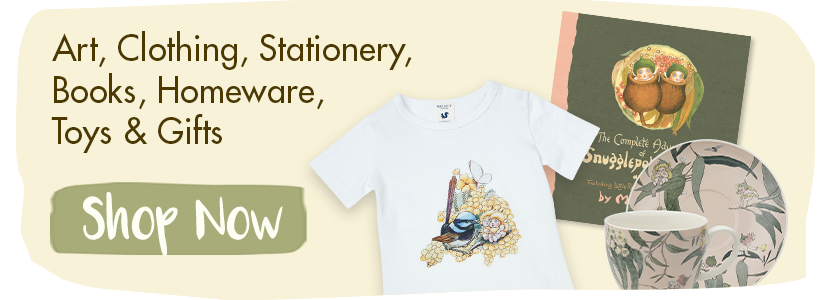Date : August 13, 2018
The early childhood years are a wonderful opportunity to foster a sense of respect and appreciation for reading. Children of this age soak up everything around them. They are excited by every opportunity to learn. It is this genuine sense of curiosity and wonder that the savvy early childhood educator will take every possible advantage of.
Reading is not about memorising or rules and drills. Reading is about passion and engagement. It is about losing oneself between the pages and entering another world filled with fabulous creatures and fantastical ideas. It is through this prism that we view much of early childhood education. The idea that play and delight will be associated with learning, and figuring out concepts builds resilience and encourages children to discover more.
The following lesson plan is a simple exploration of the natural landscape. It asks for creativity and imagination – both of which young children have in spades!
Australian Literature – Early Childhood Lesson Plan
Purpose
The purpose of this lesson plan is to connect students with historical children’s literature. Students will:
- Listen to a story read to them and answer questions about it.
- Explore their kindergarten environment (internal and external learning spaces).
Educators will need:
- Text material: any stories from the May Gibbs collection.
- Access to classroom spaces (outdoors and indoors).
- Australian flora to be hidden in the spaces for children to find.
- Some cardboard and craft glue.
Process of Australian Literature Early Childhood Lesson Plan
- Ask children to put up their hand if they have a favourite book. Record answers.
- Ask children to say what they like about reading (promote responses like ‘I sit on Mummy’s lap’ and ‘I like imagining’).
- Ask children if they have heard of (or been to) the bush. What is it like? What does it look like? Smell like? Sound like? What colours are there?
- Read a May Gibbs story about characters in the bush. Show the pictures.
- Ask learners the following questions:
- What happened in the story?
- How did it make you feel?
- What do you think happens next?
- Tell your class there might be gumnut babies hiding around preschool. See if they can travel the whole space and find where they might be hiding. You will have hidden a few pieces of flora that children will find and respond imaginatively to.
- Allow a considerable amount of time for the thought process and designing to take place. Your students will be making a range of decisions and selections that are important for their creative development.
- Ask learners to return to you and see if, together, you can assemble the found pieces into gumnut babies. Affix to paper with glue.
Lesson Review and Follow Up
It would be easy to extend this lesson into a unit of work on the stories of May Gibbs and the connection to Australian history and literature. There are more lesson plans on site if you would like to build on the work done in this lesson.
 This contribution is from Miss Louise – Miss Louise is a qualified teacher and here to help educators and teachers bring the magic of May Gibbs works to life for young minds.
This contribution is from Miss Louise – Miss Louise is a qualified teacher and here to help educators and teachers bring the magic of May Gibbs works to life for young minds.




